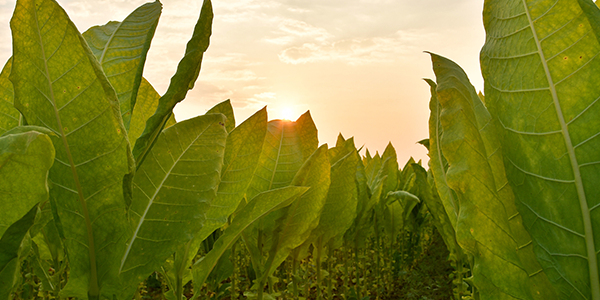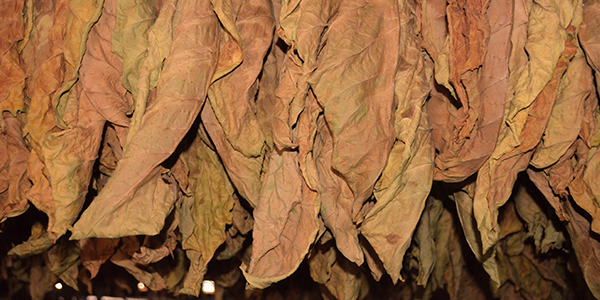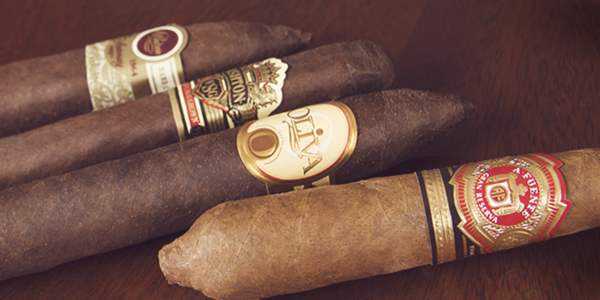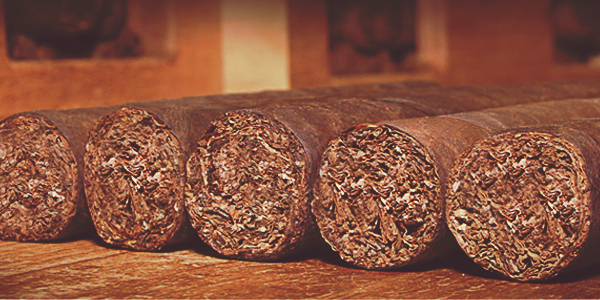How to Grow Cigar Tobacco: From Seed to Leaf
You’ve no doubt seen the term ‘Cuban seed’ used widely in marketing some of your favorite cigars. In truth, the tobacco used to make the non-Cuban cigar you’re smoking originated from Cuban seeds derived from plants that, way back when, were grown in Cuban soil. Today, they are the latest generation derived from Cuban cigar tobacco seeds transported to countries like Nicaragua, the Dominican Republic and others. Out of the tobacco grown from the original Cuban seeds, come other seeds that are Cuban in lineage, though, technically, later generations might more accurately be dubbed something like ‘Cuban Nicaraguan.’ Let’s not quibble. Let’s just give these tiny, tiny – about the size of a poppy seed – pips the respect they deserve. Growing tobacco plants from seed is done by growers who are too often unknown or underappreciated. Bring the talent of the grower together with the seed. That’s where the magic begins.
1. Planting the Seeds of Success
The Cuban seeds, being so small, were easy enough to smuggle out of Cuba during the exodus of pre-Castro cigarmakers in the early 1960s. More often than not, the diminutive seeds are coated with something like clay to make handling them much easier. Water them, and the clay drips off. From plantings, cigar tobacco growers like to select the best, strongest plants and then harvest tobacco seeds from the flowers at the top of the cigar tobacco plant.
This is how to grow tobacco for cigars.
2. From Planting-Trays to Soil
From the very delicate seeds come seedlings, plants that are only a few inches in height. Some seedling plots are placed right in the soil. More sophisticated operations place seedlings in small trays that do not require disturbing the seedling by digging it out of the ground. That can kill some seedlings if not done properly. Planting-trays are the safest and most efficient way of moving the seedlings into the fields where they will continue to grow after germination (or sprouting). During germination, tobacco seeds require warm temperatures around 75-80 degrees Fahrenheit. The seeds need light to germinate and should not be covered with soil during this period. Depending on the seed varietal, germination can take place in 1 to 2 weeks.
3. 60 Days Later
Cigar tobacco grows quickly. In just about 60 days, most seedlings will have grown enough to be planted. After planting, another 60 or so days will pass before the plants mature. About three months in, the weight of the plant is roughly 20 million times heavier than the seed. Once fully grown, tobacco leaves are harvested and they spend up to another 60 days in the barn, curing. Connecticut Shade tobacco is usually cultivated after just 45 days in the ground, assuming all has gone well. To get the tobacco to grow, just like on other farms, close attention has to be paid to the crop.
4. Fertilization Is Key
A 1947 report from The Connecticut Agricultural Experiment Station in New Haven explained that ‘a new era of tobacco fertilization started with the first heavy importation of Peruvian guano about 1843.’ Guano is the excrement of seabirds and bats. Later, fertilizers resembling natural guano came to be made from fish. Delicious! Today, fertilizing cigar tobacco usually involves putting into the soil what might be lacking. So, nitrogen, potassium, magnesium and other such substances. Anyone have some MiracleGro?
5. Water with Precision
Cigar tobacco, like all agricultural products, requires water. This is a Goldilocks proposition. You can’t have too much water. You can’t have too little. It’s got to be juuuuust right. And tobacco plants need heat. In the second half of the growing cycle, it’s pedal-to-the-metal for the plants. A humid growing environment and the sandy soil of Pinar del Rio, Cuba’s cigar-growing region in the west of the island, are considered the ideal conditions in which to produce cigar tobacco. Rainfall averages two inches per month during Cuba’s dry part of the year. All this became the model for growing in other countries.
6. Pruning and Priming
All the while that the tobacco is growing, the plants must have their tarnished and smaller unwanted leaves removed. Leaves that hang low are pruned. Flowers are picked. Sometimes – quite often – the plants need support from wood or wire so that they remain vertical. Tobacco plants are usually from three to ten feet tall.
Traditionally, the first leaves picked come from the bottom of the plant as those are the ones that mature first. That’s called ‘priming.’ This is done over the course of several days and in short time, the stalk is virtually fully exposed from the bottom up. After all the leaves are harvested, they go to a curing barn for the fermentation process.
Just clear out a little of the backyard when you want to start growing your own tobacco for cigars. You’ll be smoking Chateau Moi Robustos in no time. Now, where do I get me some guano.
How Long Does It Take to Grow Tobacco from Seed
In all, tobacco seeds are on a 4 month journey from the time they are planted until they are harvested. After harvest, the leaves spend another 40 to 60 days in the curing barn. After curing, the fermentation process begins which can last for several weeks, months, or even years, as the large pilones (or piles) of tobacco are assembled and dissembled repeatedly as heat and moisture purge the leaves of any impurities, especially ammonia. The length of time and temperature during the fermentation process will vary for different types of tobacco leaves, (such as Seco, Viso, and Ligero).
After fermentation is complete, the tobacco is compressed (in a dry state) into bales weighing roughly 200 pounds. At that point, the tobacco is stored in a warehouse where it gently ages, slowly maturing over time, in some cases for several years. The best cigar-makers (Fuente, Padron, My Father) are well aware of the importance time plays in making premium cigars. They possess magnificent warehouses dedicated to aging vast stores of tobacco for an extended period of time, which ensures the cigars they make next year and the year after are every bit as good – and consistent – as the cigars they’re making today and the ones they made ten years ago.
After the tobacco has matured to its optimal flavor, it is rolled at the factory into a cigar. Even after cigars are rolled, they can be aged for many more months in cedar cabinets at the factory, or in the boxes they’re packaged in. It’s not uncommon for the journey from seed to finished product on a store shelf to last for 5 years or more. Because a significant amount of patience and care is involved in making a premium cigar, it’s not hard to comprehend why some cost $5, $10, $15, or $20 or more apiece.
Can You Grow Tobacco at Home?
The short answer is yes. But, that really depends on where home is. As you can see, a tremendous amount of knowledge and expertise goes into the cultivation, harvesting, and aging of premium tobaccos. It’s not exactly a simple backyard project. If you live in a tropical climate, you’ll likely have better luck than say if you live in the desert or the North Pole. If you decide to grow tobacco at home for the purpose of consumption, we recommend you temper your expectations. Understanding climate, geography, soil, and agriculture are critical to growing quality tobacco.






